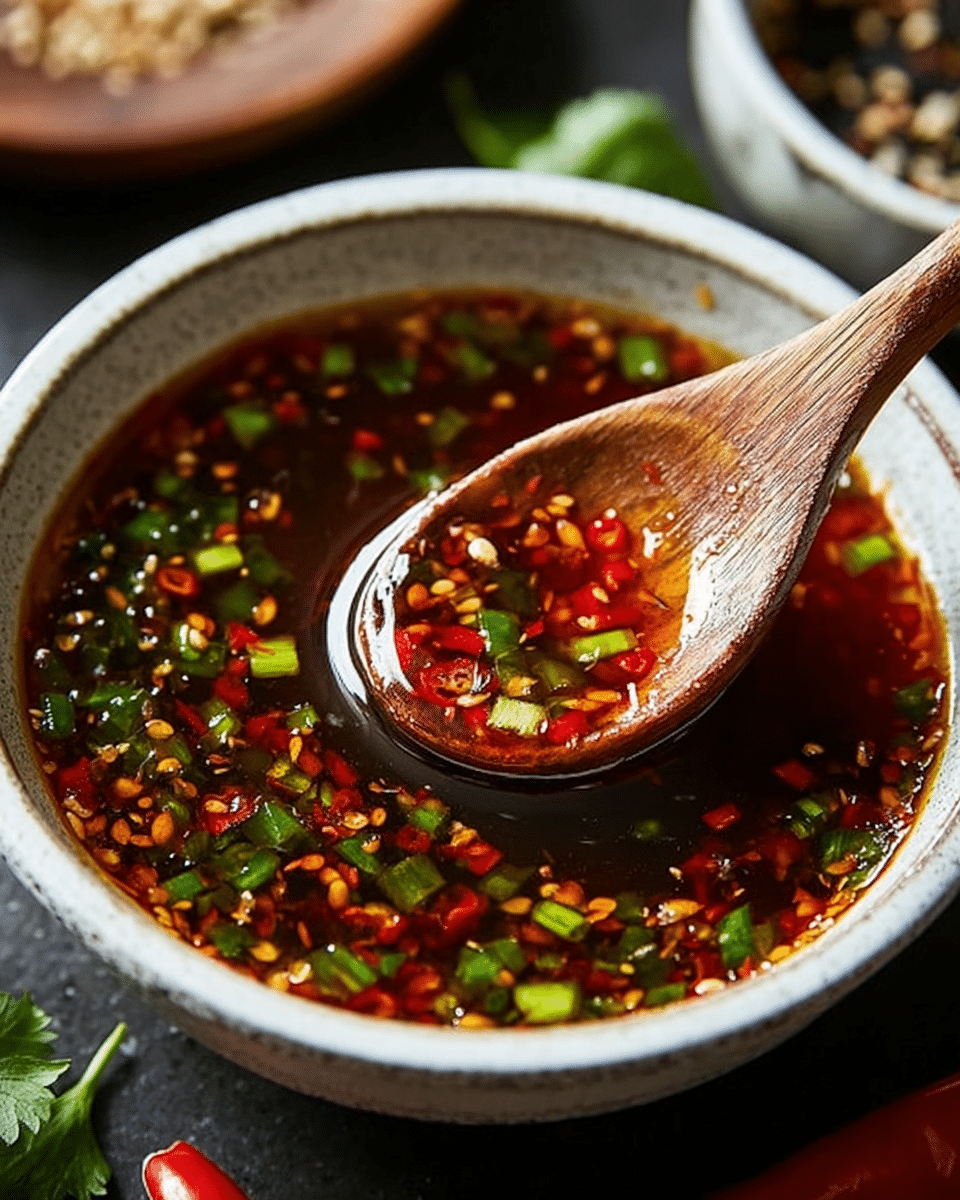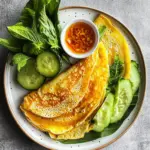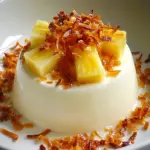The Versatility of Dragon Sauce
One of the most appealing aspects of Dragon Sauce is its versatility. It can be used in a multitude of ways, depending on the dish and personal preference. As a marinade, it penetrates the proteins with a rich and complex flavor, providing a spicy sweetness that is perfect for meats like chicken, pork, beef, or even tofu. When used as a dipping sauce, Dragon Sauce adds a delightful punch to appetizers like spring rolls, dumplings, or crispy chicken wings. For those who enjoy grilled vegetables, this sauce serves as an excellent topping, elevating the flavor of everything from mushrooms to bell peppers.
Moreover, Dragon Sauce can be customized to suit various spice tolerance levels. If you’re someone who enjoys a mild heat, simply reduce the amount of sriracha sauce used. On the other hand, for those who prefer an extra fiery kick, the recipe can be adjusted by increasing the sriracha or adding other hot ingredients such as chili flakes or fresh peppers. This flexibility allows the sauce to cater to all tastes, making it a must-have addition to any kitchen.
Why Choose Dragon Sauce?
There are several reasons why Dragon Sauce is a standout in the world of condiments. For one, it combines the rich umami flavor of soy sauce with the sweetness of honey, creating a perfect balance of flavors. The addition of garlic and ginger brings warmth and depth, while the rice vinegar adds a subtle tang that cuts through the richness of the sauce. These ingredients come together to create a complex yet approachable taste that complements a wide range of dishes.
Additionally, Dragon Sauce is a healthier alternative to many store-bought sauces that are laden with preservatives, excessive sugars, and artificial flavors. By making it from scratch, you have complete control over the ingredients, ensuring that it is free from unwanted additives. The sauce is also naturally gluten-free (if you opt for a gluten-free soy sauce), making it a great choice for those with dietary restrictions. It can be enjoyed as part of a balanced meal, adding flavor without overloading on unhealthy additives.
The Role of Soy Sauce in Dragon Sauce
Soy sauce is a key ingredient in Dragon Sauce, and it serves as the foundation of its flavor profile. This savory, salty condiment is made through the fermentation of soybeans, and it is packed with umami, which is often described as the fifth taste. The saltiness of soy sauce balances out the sweetness of honey, while the richness it imparts adds complexity to the sauce. Soy sauce also enhances the other flavors in the Dragon Sauce, allowing the garlic, ginger, and vinegar to shine through without overpowering the dish.
Soy sauce comes in various types, including light, dark, and tamari. For Dragon Sauce, a regular soy sauce works well, but if you prefer a milder flavor or are looking for a gluten-free version, tamari is an excellent choice. Dark soy sauce, which has a stronger flavor and thicker consistency, can be used for those who want a deeper color and more intense flavor.
The Sweetness of Honey
Honey is the sweet counterpart to the salty soy sauce in Dragon Sauce, offering a natural sweetness that helps balance the heat and acidity. The use of honey adds a slight floral note to the sauce, contributing to its complexity. It also provides a thicker texture compared to other sweeteners like sugar, which helps to give the sauce a luscious consistency that clings perfectly to foods.
In addition to its flavor-enhancing properties, honey has its own health benefits. It is a natural source of antioxidants and has been used for centuries for its medicinal properties, particularly its soothing effects on the throat. Choosing raw or unfiltered honey can enhance the health benefits of the sauce while imparting a more robust flavor.
The Tang of Rice Vinegar
Rice vinegar is another critical ingredient in Dragon Sauce that adds a necessary tangy element. It is milder and less acidic than traditional vinegar, making it a great choice for Asian-inspired sauces. The subtle tartness of rice vinegar brightens up the sauce and balances the richness of soy sauce and honey. It also helps to enhance the flavors of garlic and ginger, adding a refreshing note to the sauce.
Rice vinegar comes in different varieties, such as seasoned and unseasoned. For this recipe, unseasoned rice vinegar is ideal, as it has a clean, neutral flavor that complements the other ingredients without overpowering them.
Garlic and Ginger: Flavor Enhancers
Garlic and ginger are two essential aromatics in Dragon Sauce that bring warmth and depth to the overall flavor profile. Garlic adds a savory, slightly pungent flavor, while ginger contributes a zesty and slightly spicy kick. Both ingredients work in harmony to create a well-rounded sauce that has layers of flavor, making each bite exciting. Garlic also provides health benefits, such as boosting the immune system and supporting heart health. Ginger, on the other hand, is known for its anti-inflammatory properties and digestive benefits.
These ingredients are finely minced or grated in the sauce to ensure that their flavors are evenly distributed. Their subtle heat balances the sweetness of honey and the tang of vinegar, making the sauce a true flavor explosion.
Adjusting Spice Levels with Sriracha
Sriracha sauce is the key element that gives Dragon Sauce its fiery kick. This hot sauce, made from chili peppers, garlic, vinegar, sugar, and salt, brings the heat while adding a touch of sweetness. The beauty of Dragon Sauce is that you can control the level of spice by adjusting the amount of sriracha used. If you prefer a milder sauce, use less sriracha or opt for a milder hot sauce. For those who enjoy more heat, add a bit more sriracha or experiment with other chili-based ingredients to increase the spiciness.
Sriracha has become a popular ingredient in many dishes due to its unique flavor profile. Its slightly sweet, tangy, and spicy taste makes it an ideal addition to sauces, marinades, and even as a topping for foods like pizza and fries.
Thickening the Sauce with Cornstarch
To give Dragon Sauce its luscious, clingy texture, cornstarch is used to thicken the sauce. The cornstarch is mixed with water to create a slurry, which is then added to the simmering sauce. As the sauce cooks, the cornstarch thickens it to the perfect consistency, ensuring that it coats foods evenly without being too runny. This thickened sauce sticks to meats and vegetables, enhancing the overall flavor experience.
Cornstarch is a common thickening agent used in many Asian sauces because it provides a smooth, glossy finish without altering the flavor of the sauce. It is also a gluten-free alternative to flour, making it suitable for those with dietary restrictions.
Conclusion
Dragon Sauce is an incredibly versatile and flavorful condiment that brings together the perfect balance of sweet, savory, and spicy notes. With ingredients like soy sauce, honey, rice vinegar, garlic, ginger, and sriracha, it offers a complex flavor profile that can enhance any dish. Whether you’re using it as a marinade, dipping sauce, or topping, Dragon Sauce is sure to add excitement to your meals. The beauty of this recipe lies in its simplicity and customization options, allowing you to adjust the spice level and other ingredients to suit your preferences. By making Dragon Sauce at home, you not only enjoy a fresher and more flavorful sauce but also have control over the ingredients, ensuring that you are using the highest quality components. With its easy preparation and bold taste, Dragon Sauce is a must-try for anyone looking to add a little extra heat and flavor to their dishes.






